Light therapy has gained popularity as an effective treatment for seasonal affective disorder (SAD), winter blues, and other mood disorders. Using a light therapy lamp can help boost mood, improve energy levels, and regulate your sleep-wake cycle. This comprehensive guide will walk you through how to use a light therapy lamp effectively, while also exploring the best sunlight therapy lamps available and their benefits. Whether you’re new to phototherapy or looking to optimize your experience, this article balances practical advice with engaging insights to help you find the light that works for you.
What Is a Light Therapy Lamp?
A light therapy lamp, also known as a light box, sad lamp, or sun lamp, is a device designed to mimic natural sunlight. These lamps emit bright, uv-free light, typically in the form of white light or blue light, to help alleviate symptoms of seasonal affective disorder and other conditions like bipolar disorder or sleep disorders. The lamp mimics natural outdoor light, which can influence your body’s production of melatonin (a hormone that regulates sleep) and serotonin (a neurotransmitter linked to mood).
The best light therapy lamps deliver a specific light intensity, measured in lux, to provide therapeutic benefits. Most models offer 10,000 lux of bright light therapy, which is considered the gold standard for treating seasonal depression and sad symptoms. Unlike regular desk lamps, these devices are engineered to deliver consistent light output without harmful ultraviolet rays, ensuring safety and efficacy.
Why Use a Light Therapy Lamp?
Light therapy is a scientifically backed treatment for seasonal affective disorder and other seasonal mood disorders. It’s particularly effective during winter days when exposure to natural sunlight is limited. The lack of outdoor light can disrupt your circadian rhythm, leading to sleep problems, low energy levels, and the winter blues. A therapy light helps by providing a controlled light source that stimulates your brain to regulate mood and energy.
Beyond treating SAD, light therapy can also help with:
- Jet lag recovery
- Improving sleep quality
- Increasing energy during the day
- Managing symptoms of bipolar disorder (with medical guidance)
- Boosting mood in individuals with general mood disorders
By using a light therapy box, you can counteract the effects of shorter, darker days and maintain a healthy sleep-wake cycle.
Choosing the Best Light Therapy Lamp
When searching for the best light therapy lamp, consider the following factors to ensure it meets your needs:
1. Light Intensity
The intensity of light is critical. Most experts recommend light therapy lamps that emit 10,000 lux of bright-light at a comfortable distance (usually 12-24 inches). This level of light intensity is necessary to treat SAD effectively. Some lamps offer multiple color temperatures and brightness levels, allowing you to customize the color temperature (e.g., warm light or white light) to suit your preferences.
2. Size and Portability
Light therapy lamps come in various sizes, from compact models the size of a Kindle to larger units like the northstar style. A smaller light is ideal for travel or small spaces, while larger models may provide a broader light source for more consistent exposure. If portability is key, consider a wearable light therapy lamp or light therapy glasses, such as the luminette 3 light therapy glasses, which allow hands-free use.
3. UV-Free and Glare Protection
Ensure the lamp is uv-free to protect your skin and eyes. Additionally, look for models designed to minimize glare, which can cause discomfort during extended use. High-quality leds are commonly used in modern lamps for their energy efficiency and consistent light output.
4. Adjustable Features
The best light therapy lamps are easy to adjust, offering features like a countdown timer, customizable color temperatures and brightness, and tiltable stands for optimal positioning. These features enhance user comfort and make using a light box more convenient.
5. Customer Reviews
Before purchasing, check customer reviews to gauge real-world performance. Look for feedback on ease of use, durability, and effectiveness in improving sleep or treating seasonal mood issues.
How to Use a Light Therapy Lamp Effectively
Using a sad lamp correctly is essential to maximize its benefits. Follow these steps to ensure safe and effective use:
Step 1: Set Up Your Lamp
Place your light therapy lamp on a stable surface, such as a table or desk, at a distance of 12-24 inches from your face. The lamp should be positioned slightly above eye level to mimic the angle of natural sunlight. Avoid staring directly at the bright lights, as this can cause discomfort. Instead, let the light enter your peripheral vision.
Step 2: Time Your Sessions
Most experts recommend using a happylight or happy lamp for 20-30 minutes per day, ideally in the morning. Morning sessions help reset your circadian rhythm and provide an energy boost for the day. If you’re using the lamp to combat jet lag, adjust the timing based on your travel schedule and talk to your doctor for personalized advice.
For those with bipolar disorder, consult a healthcare provider before starting, as light therapy lamps work differently for this condition and may require specific timing or intensity.
Step 3: Maintain Consistency
Consistency is key to seeing results. Use your sun lamp daily, especially during winter days or periods of low light exposure. Over time, regular use can help alleviate symptoms of SAD, improve mood and energy, and regulate sleep problems.
Step 4: Adjust the Environment
Use your lamp in a well-lit room to avoid stark contrasts between the therapy light and your surroundings. If possible, combine light therapy with other mood-boosting activities, like reading or journaling, to make the experience enjoyable.
Step 5: Monitor Your Response
Pay attention to how your body responds. If you experience headaches, eye strain, or irritability, reduce the session time or increase the distance from the lamp. If sad symptoms persist, consult a healthcare professional to explore additional treatments for SAD.
Tips for Maximizing the Benefits of Light Therapy
To get the most out of your light therapy box, consider these practical tips:
- Combine with Lifestyle Changes. Pair light therapy with exercise, a balanced diet, and outdoor time to enhance its effects on seasonal mood and energy levels.
- Experiment with Timing. While morning sessions are standard, some people benefit from afternoon or evening use for improving sleep quality. Avoid late-night sessions, as they may disrupt melatonin production.
- Use Light Therapy Glasses for Mobility. If sitting still isn’t practical, try light therapy glasses for hands-free light exposure while working or moving around.
- Keep It Comfortable. Choose a lamp with adjustable color temperatures and brightness levels to create a pleasant experience without glare or discomfort.
- Track Your Progress. Journal your mood, energy, and sleep patterns to monitor improvements and adjust your routine as needed.
Safety Considerations When Using a Light Therapy Lamp
While light therapy lamps work safely for most people, there are a few precautions to keep in mind:
- Talk to Your Doctor. If you have bipolar disorder, eye conditions, or are taking medications that increase light sensitivity, consult a healthcare provider before starting.
- Avoid Overuse. Stick to recommended session times (20-30 minutes) to prevent side effects like headaches or eye strain.
- Choose UV-Free Models. Ensure the lamp is uv-free to protect your skin and eyes from harmful ultraviolet rays.
- Monitor for Side Effects. Mild side effects like fatigue or irritability may occur initially but should subside. If they persist, adjust your routine or seek medical advice.
Alternative Light Therapy Options
If a traditional light box isn’t right for you, consider these alternatives:
- Light Therapy Glasses. Wearable devices like the luminette 3 light therapy glasses offer portability and convenience for busy lifestyles.
- Smaller Light Models. Compact lamps are ideal for small spaces or travel, delivering the same bright light therapy in a portable package.
- Northern Light Devices. Some lamps are designed to emulate the soft, diffused light of northern regions, which may feel gentler for sensitive users.
The Science Behind Light Therapy
Light therapy works by influencing your brain’s chemistry. Exposure to bright lights stimulates the production of serotonin, which helps regulate mood, while suppressing melatonin during the day to promote alertness. This process helps realign your circadian rhythm, making it an effective treatment for seasonal affective disorder, jet lag, and sleep disorders.
The type of light matters—led light or white light at 10,000 lux is most effective for mimicking natural sunlight. The color temperature (measured in Kelvin) also plays a role, with cooler tones (around 5000-6500K) being more effective for boosting mood and increasing energy.
Conclusion: Brighten Your Days with Light Therapy
A light therapy lamp can be a game-changer for managing seasonal depression, winter blues, and other mood disorders. By choosing the best light therapy lamp for your needs and using it consistently, you can enjoy improved mood and energy, better sleep, and a brighter outlook on life. Whether you opt for a traditional light box, a wearable light therapy lamp, or light therapy glasses, the key is to integrate this effective treatment into your daily routine.
The new device is already available in our online store. An electric mask for removing wrinkles from the face is your reliable assistant in the fight for youth and beauty of the skin. Turn self-care into a pleasure and enjoy visible results after the first procedures!
Ready to find the light that works for you? Explore customer reviews, prioritize uv-free and adjustable models, and talk to your doctor to ensure light therapy aligns with your health goals. With the right approach, you’ll be well on your way to conquering the winter blues and embracing brighter, happier days.

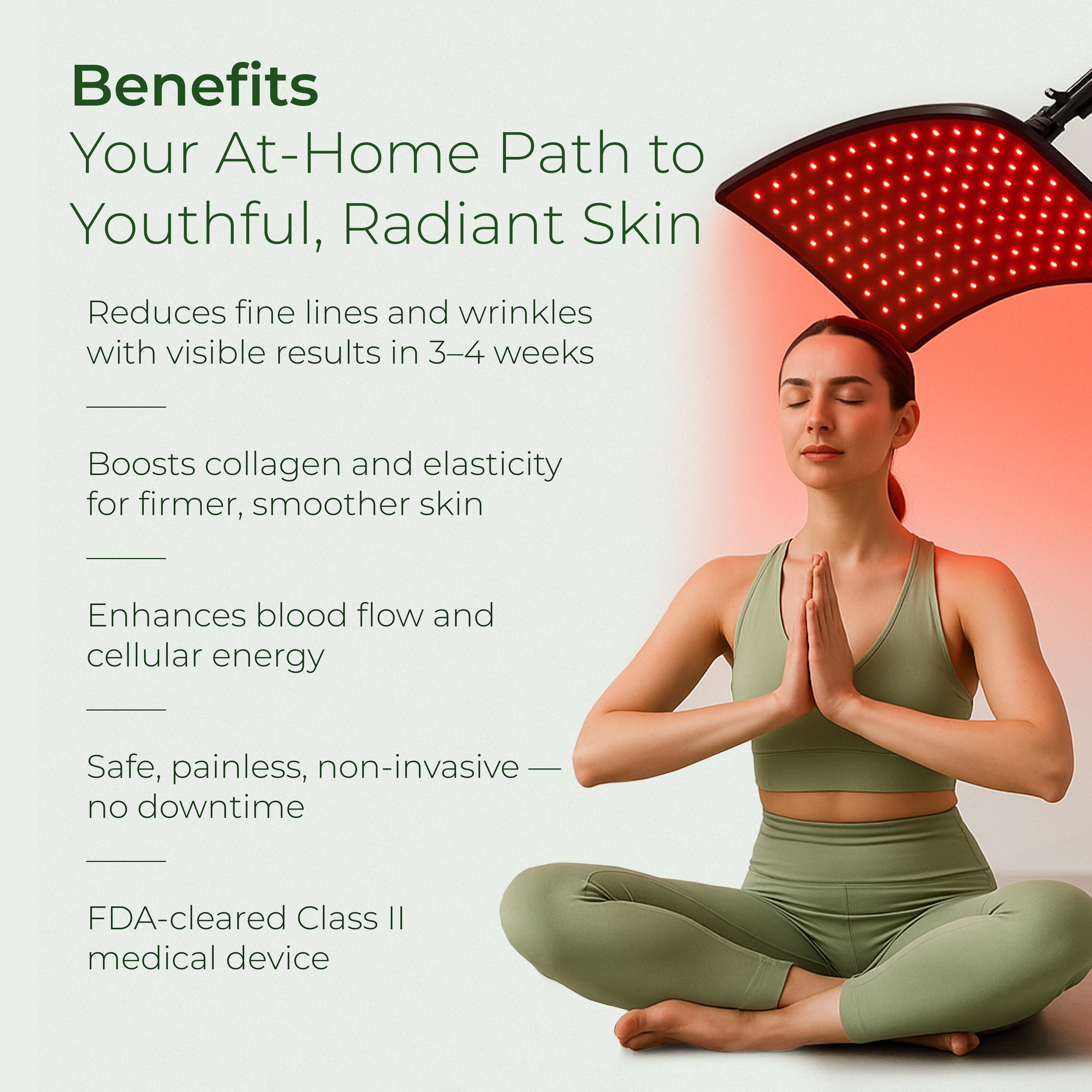
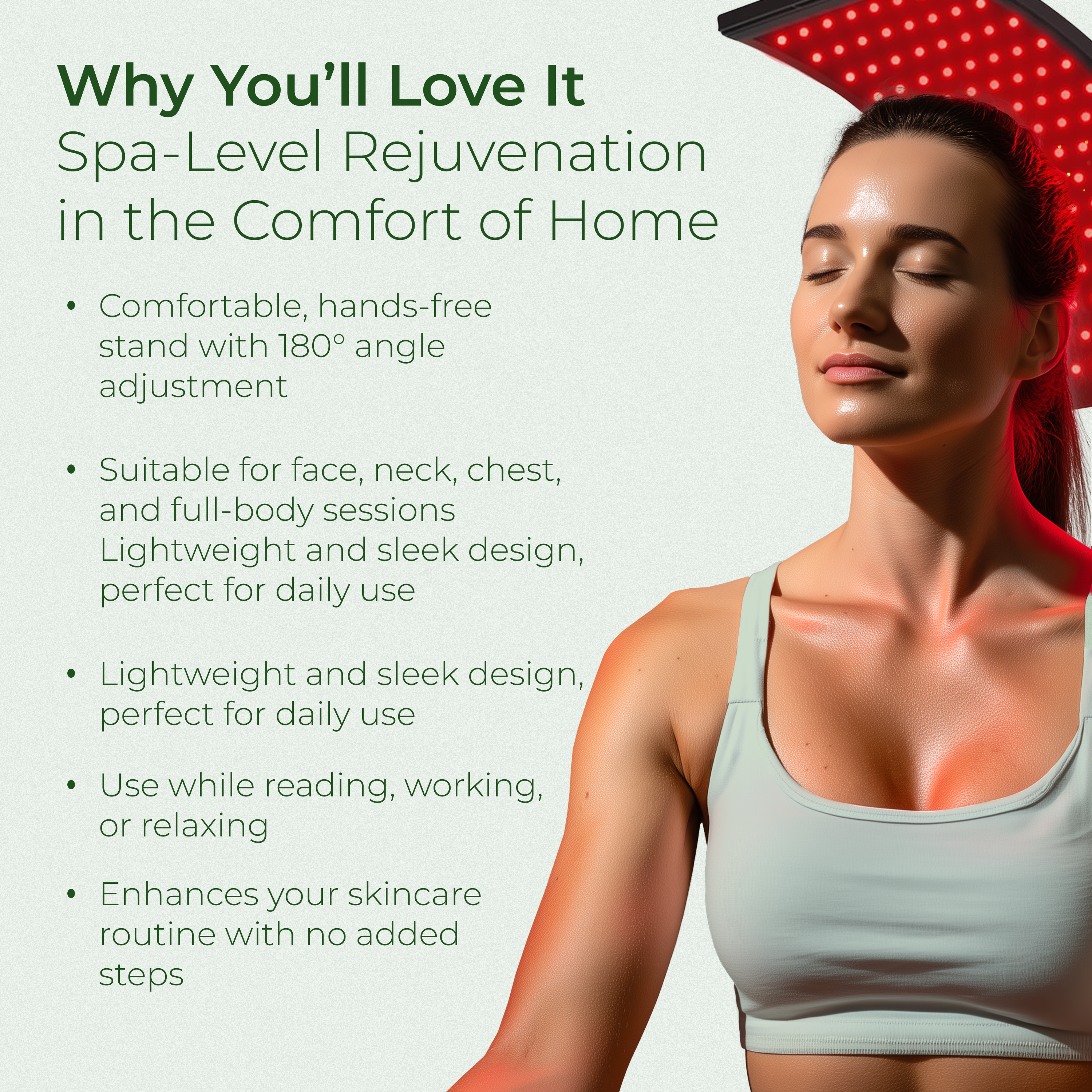
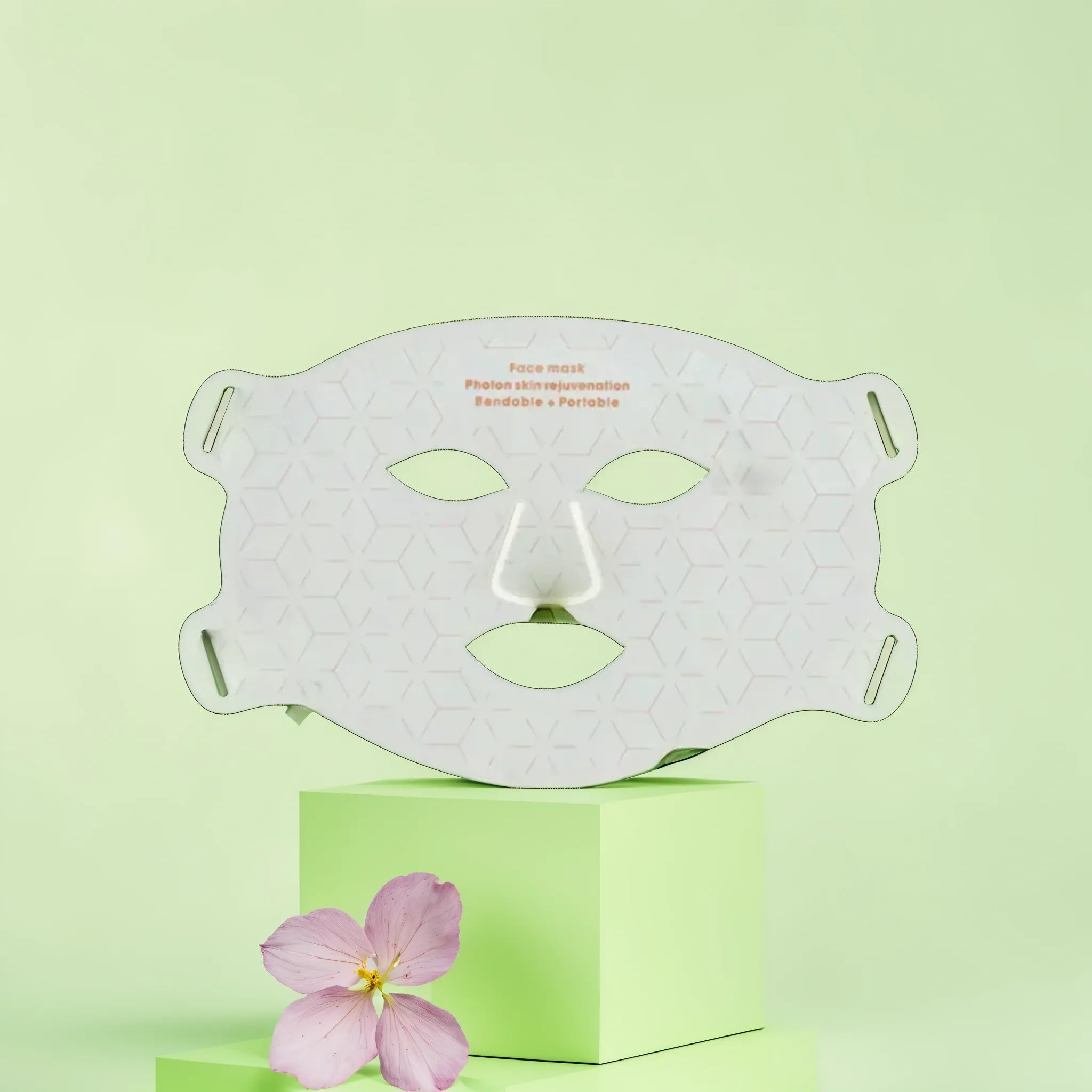
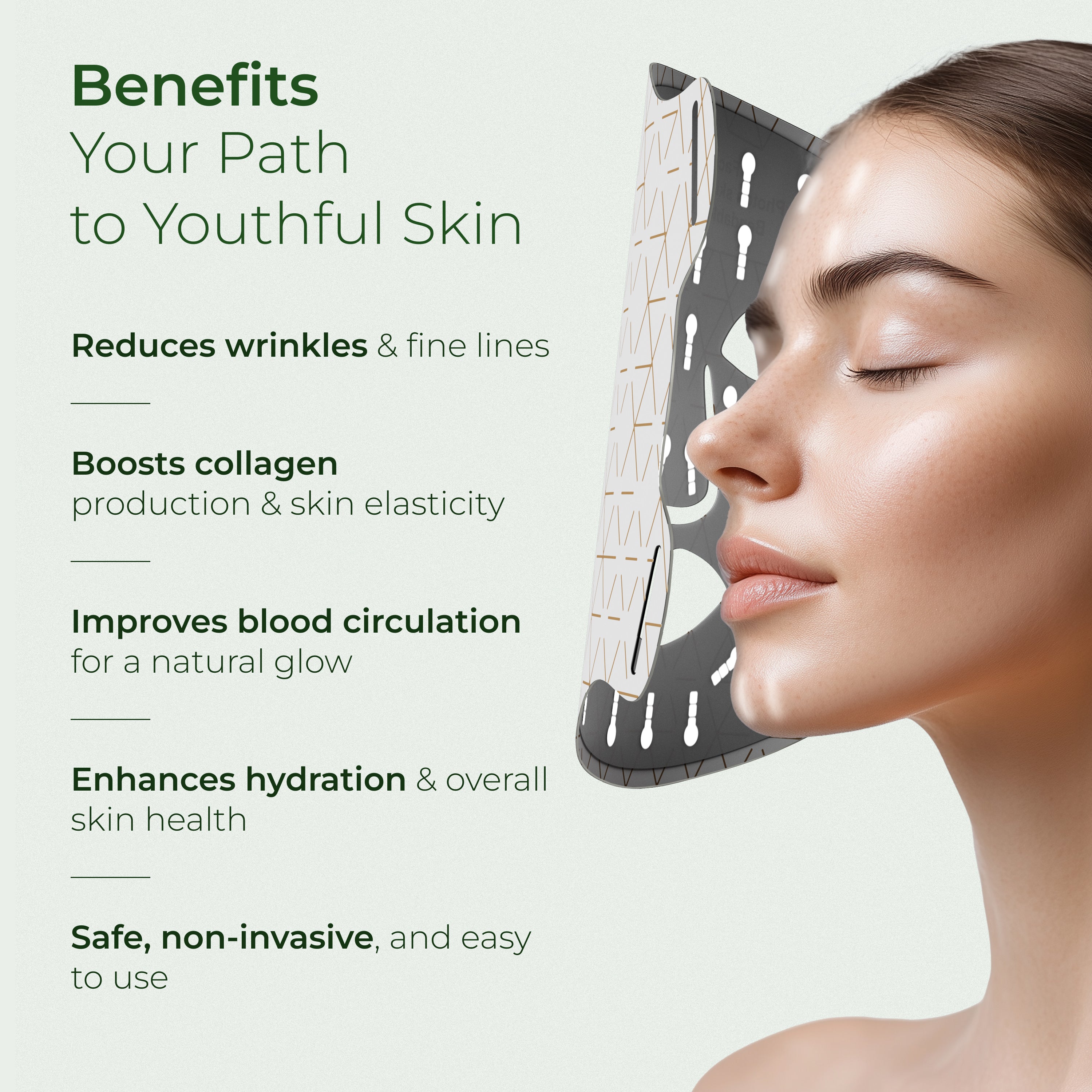


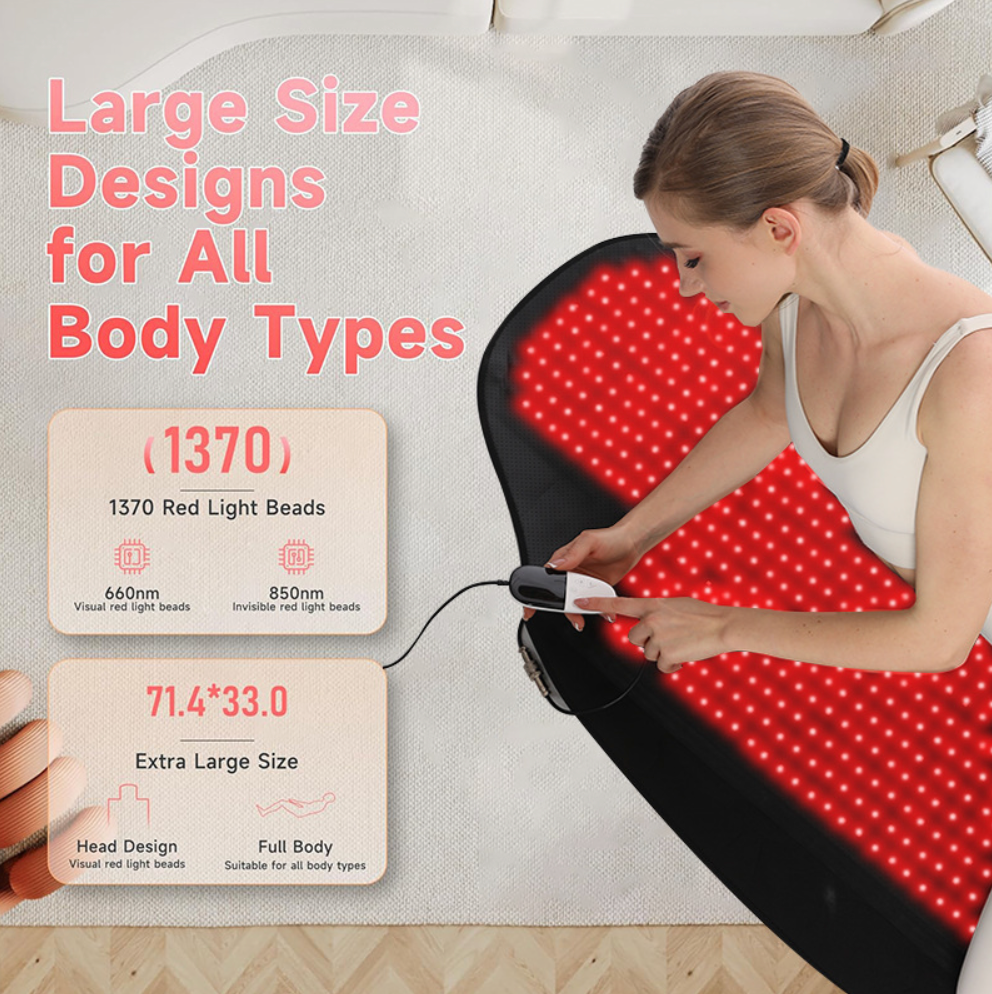
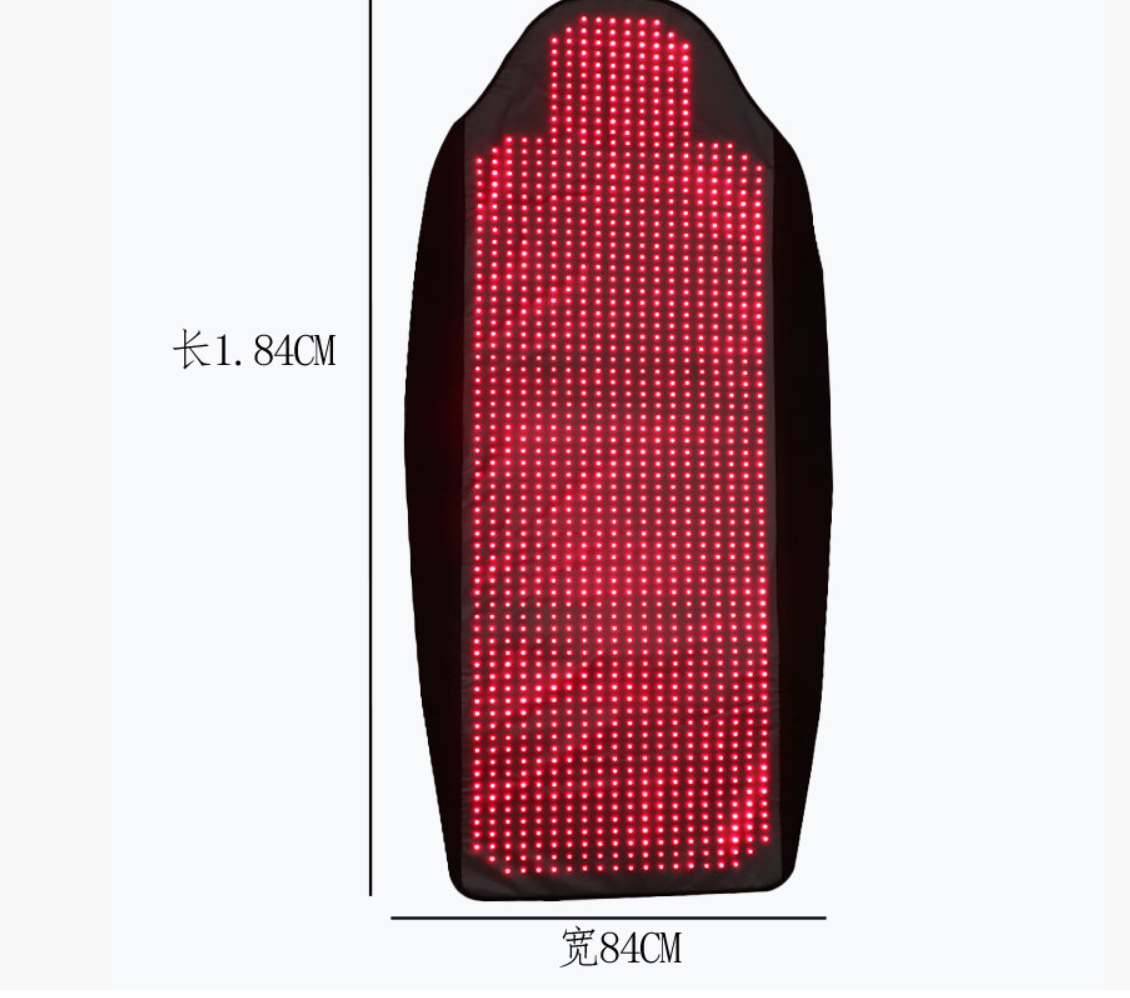
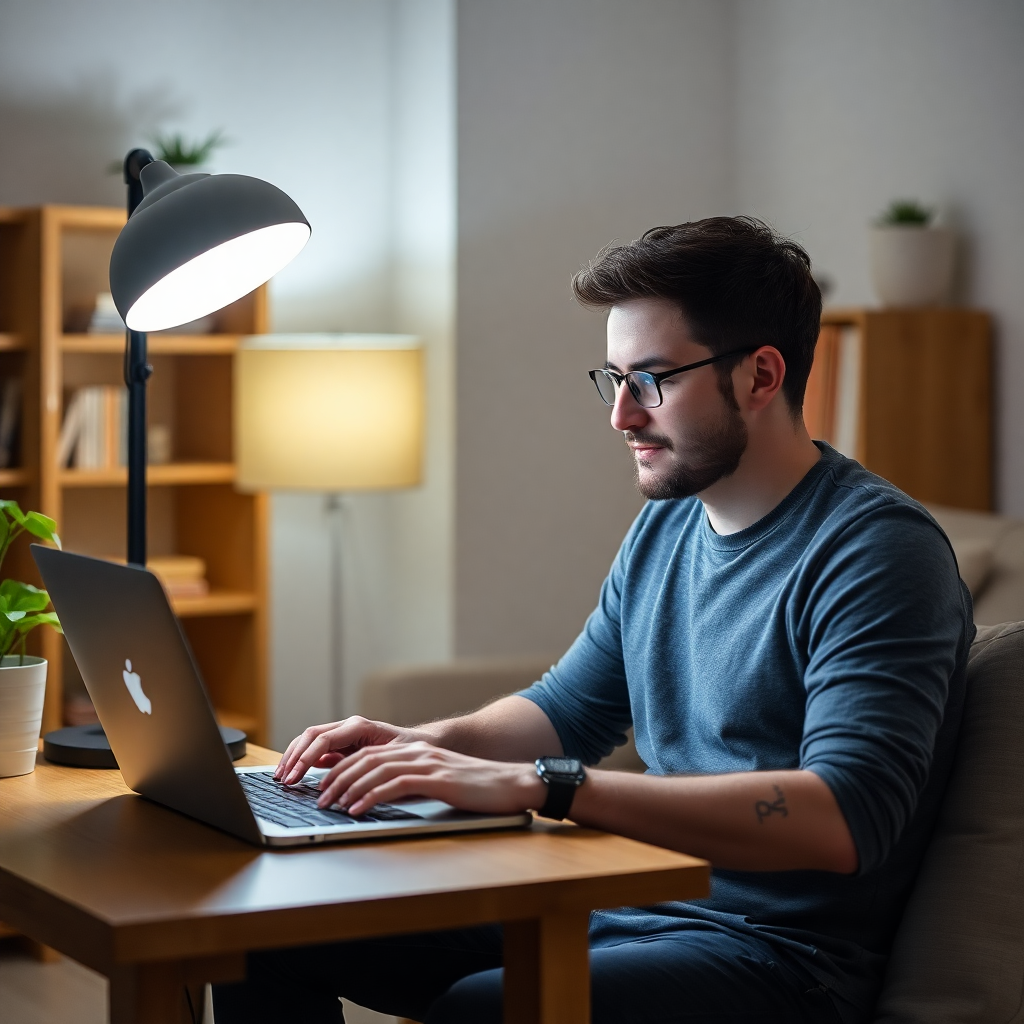

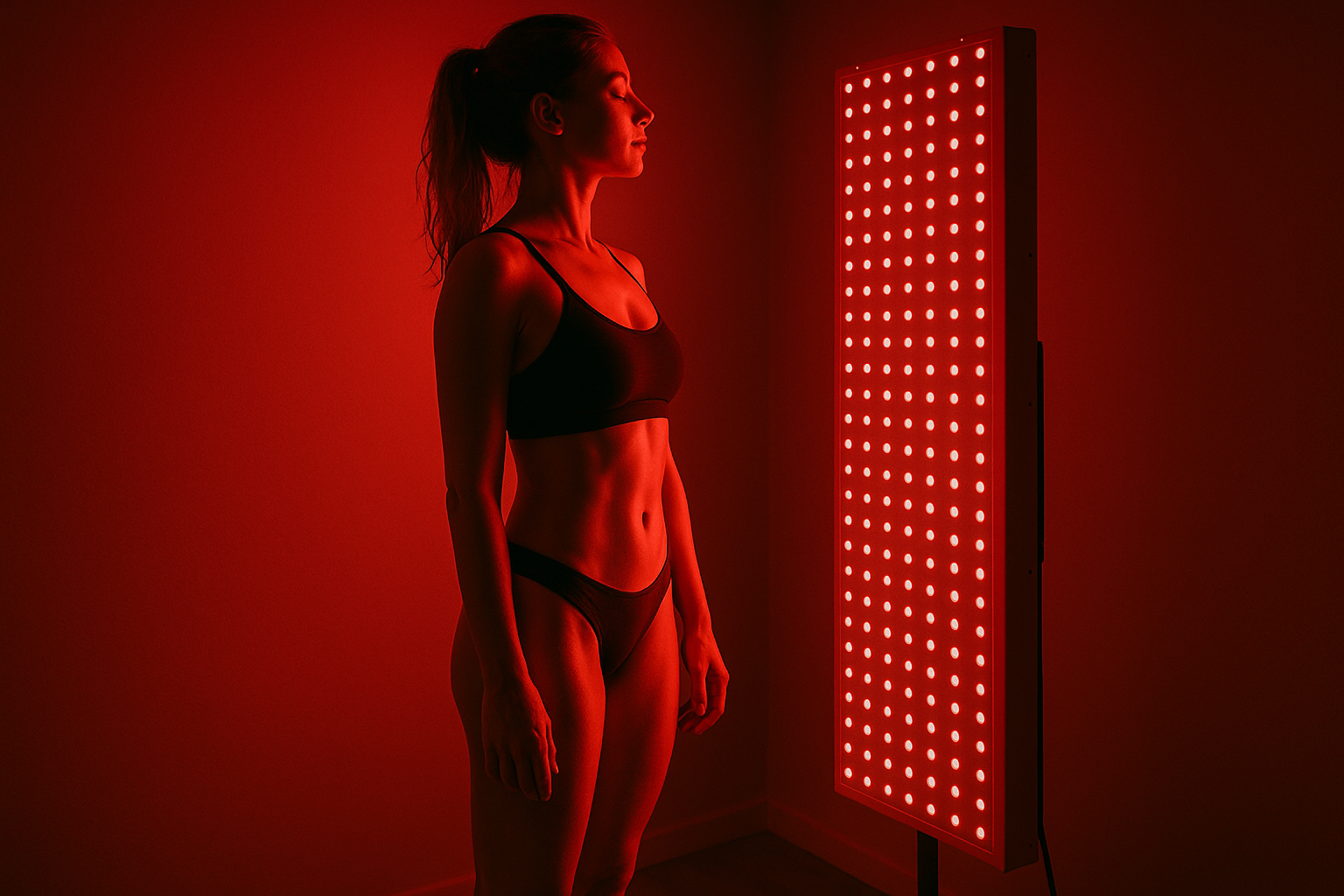
Dejar un comentario
Este sitio está protegido por hCaptcha y se aplican la Política de privacidad de hCaptcha y los Términos del servicio.